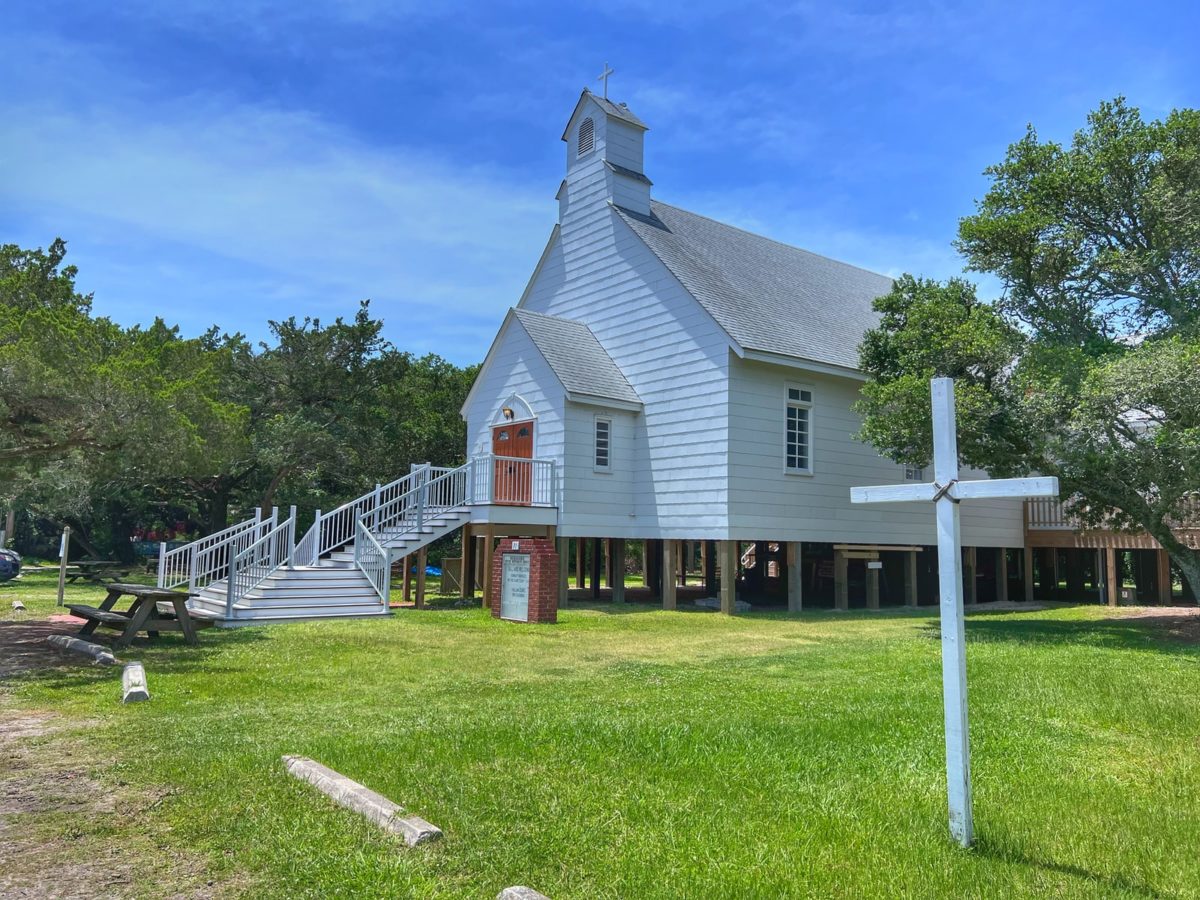The myth that “something like this could never happen here” has been dispelled. Churches should give serious thought to planning their response to any type of emergency. The following are some basic principles.
Every church, regardless of size, should have a plan for emergencies that includes acts of violence, non-custodial parent issues, medical and fire.
The plan would take into consideration exits and the need to assist congregants in getting out.
The plan should include planned exit drills – much like fire drills. These should be practiced regularly during different planned activities.
Churches should engage everyone in the congregation to be the eyes and ears for safety. The motto should be, “If you see something, say something, NOW.”
The following are some practical actions to secure a facility.
- Limit the number of doors open for public access. Keep in mind that fire codes require that people be able to get out in an emergency.
- Consider locking some doors to prevent outside access. Other doors may need to be locked with a way to allow persons to gain access with assistance (a locked door near the children’s area that could be open to allow parents to bring children in). Main access doors need to be monitored throughout the service in case there is a need to prevent someone from entering.
- When access is limited, there needs to be adequate signage to help people know how to get in. Remember, visitors are already nervous and unsure of how things work at your facility. An outside greeter is always a plus.
- Outside and inside security people need to communicate. As funds are available, purchase cameras that will allow someone to monitor the outside of the building and the main entrances.
Develop a Safety and Security Ministry. This ministry should focus on a comprehensive safety approach.
Start with a policy spelling out purpose, member requirements, and duties. Spell out what types of training are going to be required. Every part of the process should be thoroughly documented. Selection, training, and incident documents should be thorough.
Training should include topics such as exit drills, use of force, de-escalation techniques, lockdown procedures, first aid, CPR and anything else required for keeping the congregation safe.
Armed security teams are an option to be considered.
Teams must be trained well and the training should be standardized and documented. A well-trained security team may deter intruders and may discourage untrained people who are carrying weapons from hurting innocent people.
Congregations can prepare to utilize the Run-Hide-Fight strategy.
It is an effective way to prepare everyone to respond and not to freeze.
EDITOR’S NOTE — This information in this article is from the Alabama Baptist State Board of Missions’ Church Security Department.








